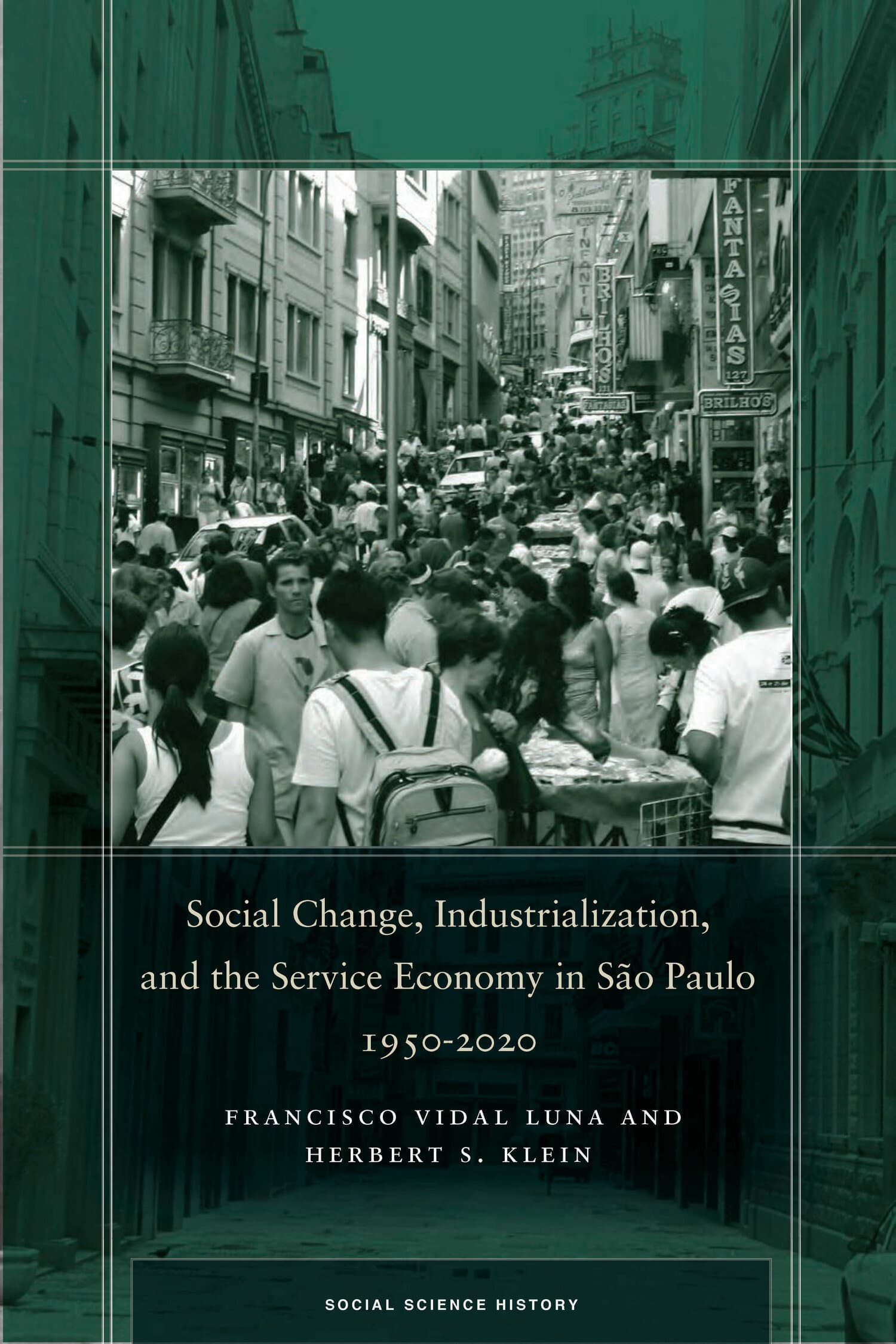Excerpts + more&nbps;Social Change, Industrialization, and the Service Economy in São Paulo, 1950-2020
Social Change, Industrialization, and the Service Economy in São Paulo, 1950-2020
Francisco Vidal Luna and Herbert S. Klein
Preface ExcerptTable of Contents